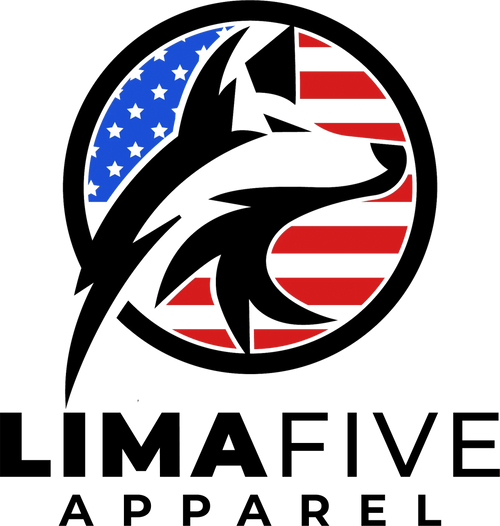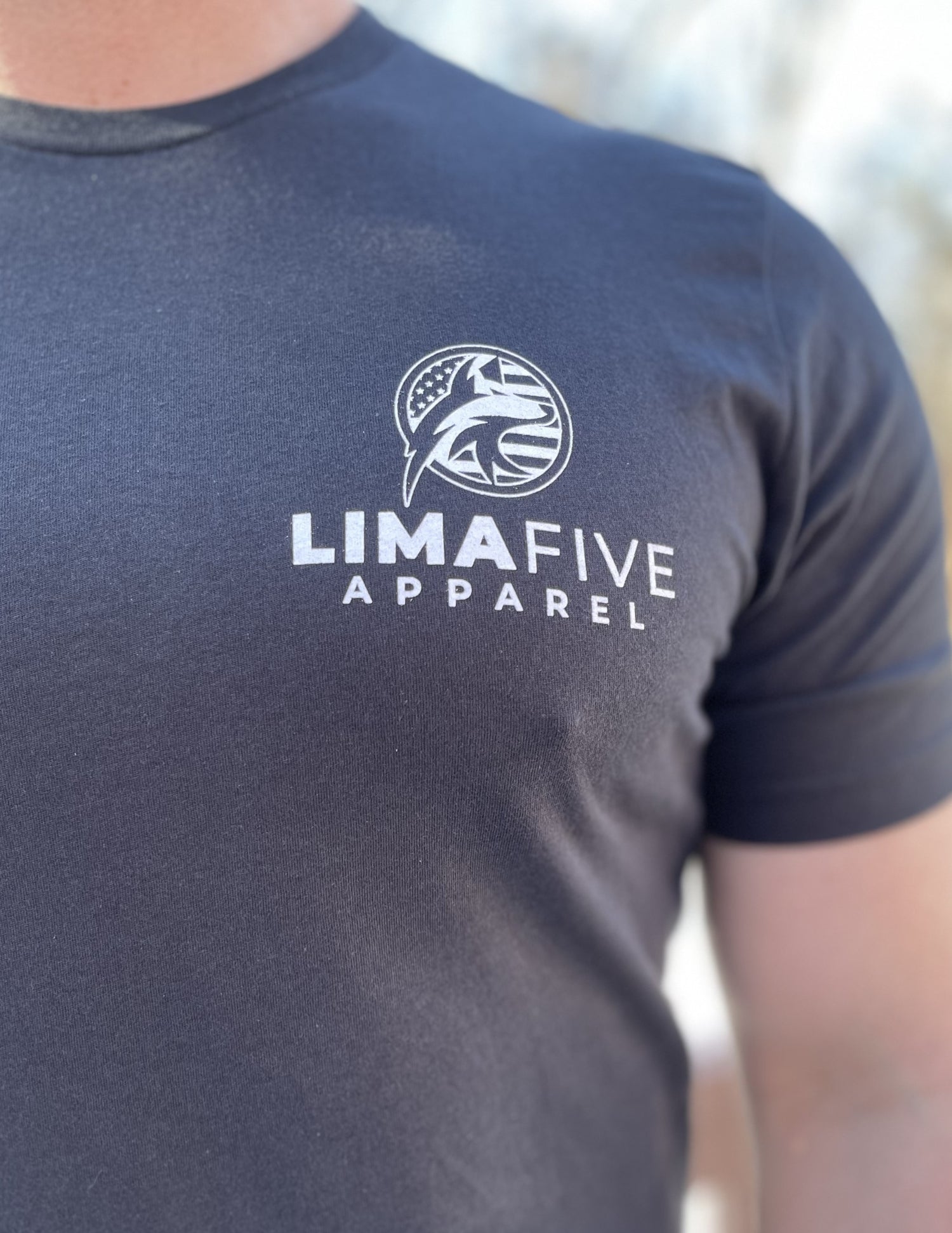Throughout the history of the United States, the call to defend freedom has summoned countless brave men and women to serve in the armed forces. But alongside these human heroes, there has been another group of dedicated warriors—our military working dogs. These loyal and courageous canines have served as guardians of freedom, playing vital roles in some of the most critical moments in U.S. history.
In this blog, we’ll explore the legacy of military working dogs, their invaluable contributions to the U.S. military, and the enduring bond between these extraordinary animals and the soldiers they serve alongside.
The Origins of Military Working Dogs
The use of dogs in warfare dates back thousands of years, but their formal role in the U.S. military began during World War I. At that time, dogs were used primarily as messengers, carrying important communications across the battlefield. They also served as sentries, guarding camps and alerting soldiers to the presence of the enemy.
One of the earliest and most famous American military dogs was Sergeant Stubby, a Bull Terrier mix who served with the 102nd Infantry Regiment during World War I. Stubby was known for his keen sense of smell and hearing, which allowed him to detect incoming gas attacks and warn his fellow soldiers. He also helped locate wounded soldiers on the battlefield, earning him numerous medals and honors. Stubby’s bravery and loyalty set the stage for the vital role that military working dogs would continue to play in U.S. history.
World War II and the Birth of the K-9 Corps
The United States formally recognized the importance of military working dogs during World War II with the establishment of the War Dog Program, also known as the K-9 Corps, in 1942. This program saw thousands of dogs trained for various roles, including sentry duty, scouting, messenger work, and mine detection.
German Shepherds, Doberman Pinschers, and Belgian Malinois were among the most commonly used breeds due to their intelligence, strength, and trainability. These dogs were deployed across various theaters of war, from the beaches of Normandy to the jungles of the Pacific. Their keen senses and unwavering loyalty made them invaluable assets, saving countless lives and boosting the morale of the troops they served alongside.
One notable World War II war dog was Chips, a German Shepherd-Collie-Husky mix who served with the 3rd Infantry Division. During the invasion of Sicily, Chips charged into an enemy machine-gun nest, forcing the surrender of the soldiers inside and saving the lives of his unit. For his bravery, Chips was awarded the Silver Star and Purple Heart, making him one of the most decorated war dogs in history.
Vietnam War: Expanding the Role of Military Dogs
The Vietnam War marked a significant expansion in the role of military working dogs. During this conflict, dogs were used extensively in scout and patrol missions, where their ability to detect enemy presence and booby traps proved crucial. The dense jungles and challenging terrain of Vietnam made these dogs’ contributions even more vital.
One of the most famous Vietnam War dogs was Nemo A534, a German Shepherd who served with the U.S. Air Force. Nemo and his handler were attacked during a mission, and despite being wounded, Nemo continued to protect his handler by lying on top of him and alerting their unit to the presence of the enemy. Nemo’s bravery exemplified the unwavering dedication of military working dogs, and he became a symbol of the sacrifices these animals make in service to their country.
By the end of the Vietnam War, military dogs had become indispensable members of the armed forces. However, the war also highlighted the need for better care and recognition for these canine soldiers, many of whom were left behind or euthanized after the conflict ended. This led to changes in military policy and a growing awareness of the importance of honoring the service of military working dogs.
The Modern Era: Dogs in the War on Terror
In the years following Vietnam, military working dogs continued to play critical roles in U.S. military operations. The War on Terror, beginning with the conflicts in Afghanistan and Iraq, saw an increased reliance on these dogs for their ability to detect improvised explosive devices (IEDs), a major threat to U.S. forces.
Dogs like Cairo, a Belgian Malinois who participated in the raid that led to the death of Osama bin Laden, became famous for their contributions to high-profile missions. Cairo’s involvement in this operation highlighted the essential role that military working dogs play in modern warfare, where their skills in detection, tracking, and apprehension are often the difference between life and death.
The modern era has also seen improvements in the care and treatment of military working dogs. Today, these dogs receive the same level of medical care as their human counterparts, and many are adopted into loving homes after their service. Additionally, organizations and legislation, such as the Canine Members of the Armed Forces Act, have been established to ensure that these canine heroes receive the recognition and care they deserve in retirement.
The Unbreakable Bond: Soldiers and Their Dogs
One of the most remarkable aspects of military working dogs is the bond they share with their handlers. This bond is built on trust, loyalty, and mutual respect, forged in the heat of battle and strengthened through shared experiences. For many soldiers, their dogs are not just partners—they are friends, confidants, and protectors.
This bond is evident in the stories of soldiers who have fought to bring their dogs home after their service, ensuring that their loyal companions can enjoy a peaceful retirement. The connection between a soldier and their dog is one of the most profound examples of the human-animal bond, and it speaks to the deep emotional and psychological support that these dogs provide.
Honoring the Legacy of Military Working Dogs
As we look back on the legacy of military working dogs in U.S. history, it’s clear that these animals have played a vital role in protecting the freedoms we cherish. Their bravery, loyalty, and dedication have saved countless lives and helped shape the course of American history.
At Lima Five Apparel, we honor the legacy of these canine heroes through our designs, which celebrate the bond between dogs and American values. Our apparel pays tribute to the service of military working dogs, reflecting the deep respect and gratitude we have for these guardians of freedom.
As we move forward, let us continue to recognize and honor the contributions of military working dogs, ensuring that their legacy is remembered for generations to come. These dogs have given so much in service to our country, and it is our duty to ensure that their sacrifices are never forgotten.
Wear your pride, honor their service, and remember the guardians of freedom who have stood by our side, one paw at a time




